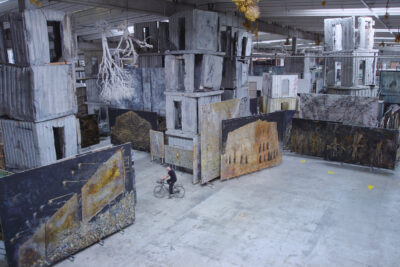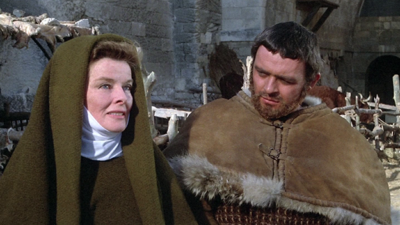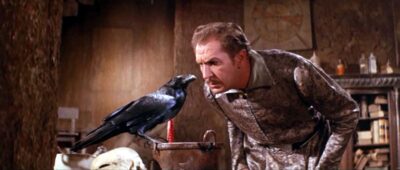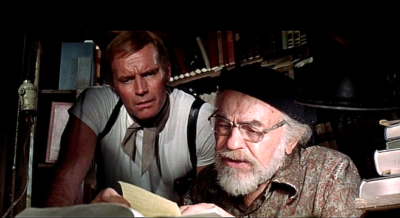The Los Angeles Center of Photography (LACP) @ Laemmle NoHo
The World’s Greatest: Photography On and Off Stages
Artists: Candace Biggerstaff, Ryder Collins, Thouly Dosios, David Hanes-Gonzalez, Kevin Salk
Curator: Dr. Rotem Rozental, Executive Director and Chief Curator, LACP
Opening reception: May 29, 6:00 to 8:00 P.M.; walk-through with Candace Biggerstaff, Thouly Dosios, David Hanes-Gonzalez and Dr. Rotem Rozental at 6:30pm.
Free and open to the public, follow this link to RSVP.
The World’s Greatest: Photography On and Off Stages marks the second collaboration between LACP and the Laemmle Theatres, organizing exhibitions and public programs around photography and visual storytelling.
Exploring spaces for storytelling and their importance for popular culture in the American west and beyond, this exhibition turns its attention to that as of entertainment that usually remain on the edges of mainstream culture—but that is precisely where they thrive and build micro-communities, formed by shared interests, rituals and creative languages. In that sense, this exhibition is interested in vernacular spaces of entertainment that created, reflected and amplified collective traditions and cultural interests. With particular relevance to the Laemmle Theatres, a beloved space for cultural consumption and production in Los Angeles, this exhibition regards the relationships between communities and their entertainers, traveling forms of spectacle and amazement, and the people who turn such spaces into reality.
With that in mind, The World’s Greatest is interested in self-proclaimed heroes and beloved underground icons, athletes that drive national passions and seasonal entertainers that have built a loyal fan base for decades. The exhibition is interested in the people that define these communities—both the performers and their audiences–but it also traces the histories of these spaces and the ways in which their past continues to inform their present.
The participating artists capture the shifts in the lives of the events and the people behind them, focusing on the human experience that defines what live shows, fairs, boxing matches and circus arenas might have in common. These projects also speak about the formation of alternative families and tightknit communities, which would not have existed without performative spaces. Perhaps this is also a way to consider family life as a performative space, which exists in different ways in public and private spaces. These stories, in essence, are stories of belonging.
Candace Biggerstaff found herself at the circus because of her father-in-law, who was a circus historian. She and her husband traveled with him for two years in the mid 1970s, starting with Circus Vargas when she was 20 years old. In other words, Biggerstaff got to run away with the circus almost every year since she was a very young adult; her adulthood was in fact defined by her relationship with a place that insists on fantasy, magic and the illusions we tend to attach to childhood and early life. That colorful vibrancy came to define both her compositions and outlook on the world. The experience of not only running away with the circus, but also capturing traveling companies became integral to her photographic practice. The performers became familiar friends, the elephants became cherished beings, and the connections between them and their audience became the focal point of her documentary work. She has been following them ever since, capturing the animals and the humans entrusted with their well-being, witnessing the formation of nontraditional family structures behind the scenes. Biggerstaff’s work begins with life in the circus outside the big top, processing her own views about what a family is, or what it could be.
For David Hanes-Gonzalez, the discovery of Mexican boxing style became an entry point to his own cultural genealogy; a way to overcome the frustration he felt about his lack of connection to his Mexican roots, as a first generation Mexican American. What began as a short project turned into years-long preoccupation, which also led him to move to Mexico while capturing an intimate story about the prominence of the sport within local culture and its diasporic communities. This is an important point of connections between Mexico and Los Angeles, where a strong tradition of Mexican and American-Mexican boxers who rose to prominence persists. There are rivalries, fans, traditions and legacies that provide a close and intimate connection between communities on both sides of the border; an important point of cultural contact between individuals with complex identities and collective experiences.
Kevin Salk began documenting punk bands while barely in high school. They were his friends, and they were emerging right in front of him as cultural heroes of the underground scenes in Southern California. Decades later, he picked up his camera again and went back to chronicle the energies, dedication and reach of his friends and their peers in the metal and punk domains of California. His work provides both a glimpse into the origins and a look toward the present and future of these sub-cultures and their veteran protagonists.
When Ryder Collins documents county fairs in the state of Washington, he observes shifting economic circumstances and the demise of a form of entertainment that was once vital for agricultural communities across the country. County fairs became part of the American landscape in the early eighteenth century, after having emerged as agricultural markets in 1765. In that sense, the fair predates the union. Elkhana Watson from New England is often credited as the “Father of US agricultural fairs,” after introducing a hybrid event: An exhibit of animals that included a competition. Collins’s extended documentary project takes such histories into account, while considering his family’s own agricultural histories and the impact of shifting financial circumstances.
Thouly Dosios have been capturing the streets of Los Angeles, her adoptive home, for nearly a decade. Taken by the city’s openness and cultural tapestries of traditions, cultures, traditions, approaches and lived experiences, Dosios captures contradictions and the constant pivots that define this place. In that sense, the county fair amalgamates these loose ends into an unexpected meeting point, of performativity and entertainment, collective experiences and individual impressions.


 “
“






